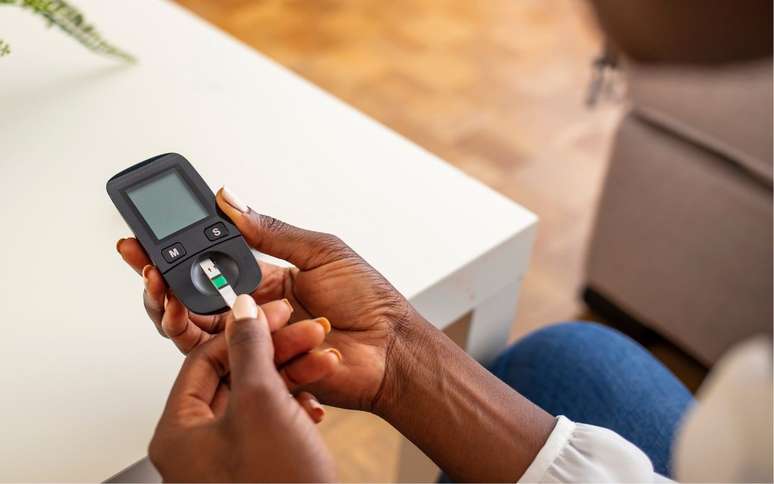The physiotherapist explains why hip pain is common during pregnancy and also gives advice on how to relieve it
During pregnancy, a woman’s body undergoes several changes, including a shift in the center of gravity and an increase in weight in the abdominal region. As a result, all the muscles of the abdomen, back and hips have to adapt to this new moment, which can cause abdominal pain and pain in the hip region.
In some pregnant women, the pain worsens when the sciatic nerve is pinched, but it may be temporary and lessen when the baby changes position. Consequentially Raquel Silverioclinical director of the Instituto Trata de Guarulhos and physiotherapist specializing in the lower limbs, hip pain may become more frequent as the child grows.
“Hip pain during pregnancy, also known as gestational pelvic pain, can be caused by several factors, such as weight gain, poor posture, lack of muscle strengthening and a sedentary lifestyle”summarizes the professional.
What to do to relieve hip pain during pregnancy?
To reduce pain, the physiotherapist suggests proceeding step by step. First, the patient should talk to her trusted obstetrician to find out if everything is fine with the pregnancy and control the weight gain, and also to find out if it is a normal or high-risk pregnancy.
“This is essential, as high-risk pregnancies require more rest and are rarely recommended for physical activity”Raquel explains.
In pregnancies considered normal, the physiotherapist suggests that the pregnant woman practice walking, pilates, water aerobics or physiotherapy, which are excellent options for relaxing and also strengthening the lower back muscles.
For those who want to take care of themselves at home, whether it is a normal or at-risk pregnancy, the partner can help with massages, excellent alternatives because they help counteract excessive muscle contraction, especially if combined with the use of hot water bottles on the lower back. .
Physiotherapy exercise options to do at home
1. Squats
“With your spine straight, feet parallel and spaced apart, squat carefully, with your hips back and arms forward. Slowly stand up and return to the starting position.”, teaches Raquel. Her recommendation is to do it as often as you can stand it.
2. Bending the back
With your knees and palms on the floor, aligned with your shoulders, and your knees aligned with your hips, inhale and bring your pelvis forward, rounding your spine, while looking at the floor. Then, during exhalation, the movement is performed in reverse. “Leave your back straight, sticking your butt out and looking straight ahead”the physiotherapist illustrates.
3. With your forehead on the ground
Rotate your hips back and try to sit on your heels. If you can’t, Raquel suggests placing a pillow between your feet and butt to make it easier for you to get into the position. Then, she spreads her knees to make room for her belly and lowers her torso, stretching her arms forward. Remain in the position for 3 to 5 minutes.
Furthermore, Raquel Silvério leaves a warning: “The use of drugs should only be an option when it comes to medical advice”.
About Raquel Silvério: Physiotherapist and Clinical Director of the Instituto Trata, the professional has a specialization in musculoskeletal physiotherapy from the Santa Casa de São Paulo, as well as training in orthopedic manual therapy in the Maitland and Mulligan concepts and strong experience in spinal treatments.
Source: Terra
Ben Stock is a lifestyle journalist and author at Gossipify. He writes about topics such as health, wellness, travel, food and home decor. He provides practical advice and inspiration to improve well-being, keeps readers up to date with latest lifestyle news and trends, known for his engaging writing style, in-depth analysis and unique perspectives.








